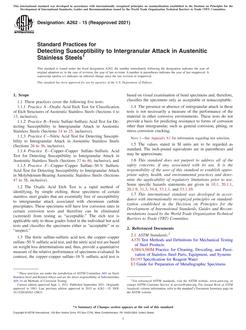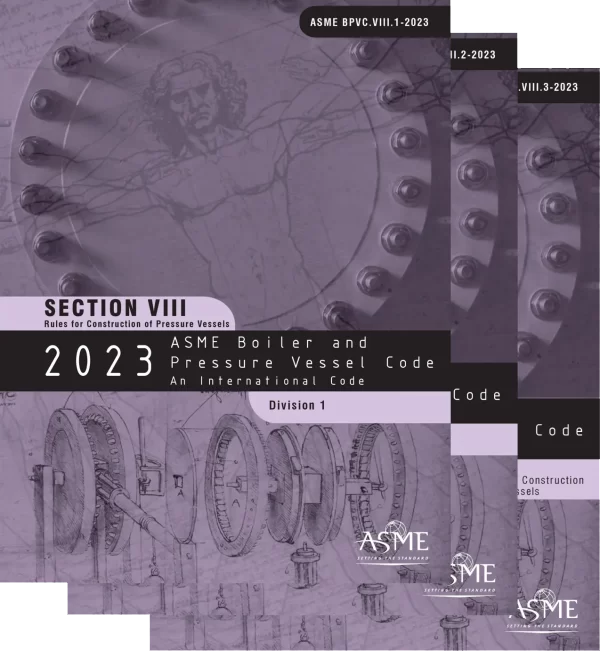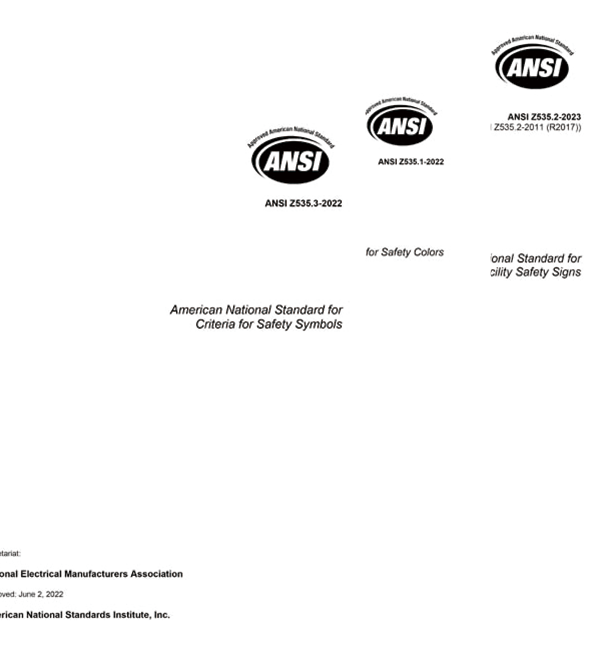ASTM A923-23
2023
Standard Test Methods for Detecting Detrimental Intermetallic Phase in Duplex Austenitic/Ferritic Stainless Steels
- Format:
- Language(s) :
- Published :
- English
- 05/15/2023
| ASTM A923-23 | |
|---|---|
| STANDARD INFO: | |
| Standard Name | ASTM A923-23 |
| Scope | Standard Test Methods for Detecting Detrimental Intermetallic Phase in Duplex Austenitic/Ferritic Stainless Steels |
| Publisher | ASTM - ASTM International |
| Languages | English |
| State | |
| Publication Year | 2023 |
| Most recent Version | MOST RECENT |
| Whether to be replaced | |
| Addendum | |
| FILE INFO: | |
| File Size | 1 file , 2.2 MB |
| Note | This product is unavailable in Russia, Ukraine, Belarus |
| Number of Pages | 10 |
| Published | 05/15/2023 |
| Redline File Size | 2 files , 5.6 MB |
| ASTM A923-23 | ||
|---|---|---|
| History | Publisher Year | |
| ASTM A923-23 | 2023 | Current |
| ASTM A923-22 | 2022 | |
| ASTM A923-14 | 2014 | |
| ASTM A923-08 | 2008 | |
| ASTM A923-06 | 2006 | |
| ASTM A923-03 | 2003 | |
| ASTM A923-01e1 | 2001 | |
| ASTM A923-01 | 2001 | |
| ASTM A923-98 | 2001 |
Related products
- Format:
- Language(s) :
- Published :
- English
- 09/01/2022
$31
- Format:
- Language(s) :
- Published :
- English
- 09/01/2021
$30
- Format:
- Language(s) :
- Published :
- English
- 11/15/2019
$25

Over 3,000,000 global standards
Our standards library is extensive, with over 2 million documents, ensuring we meet the needs of various industries. Whether it’s ASME, DIN, ASTM or ISO and other internationally recognized standards, we offer complete documents and the latest versions to help customers adhere to industry regulations in their projects. Whether your needs are technical standards, regulatory requirements, or design guidelines, our standards library provides comprehensive support.
24 online customer service
Our team includes up to 50 engineers from fields such as healthcare, electronics, and construction, who can answer your technical questions and ensure you find the correct and accurate standard documents. We are dedicated to helping you find the best solution that meets your needs.

Thanks to the StandardsClub customer service team for helping me find the ASME BPVC-2023 SET I was looking for in a high-quality PDF version. Their assistance was excellent, and the document quality exceeded my expectations!
This standard document is very detailed, covering all relevant technical points, and provides comprehensive guidance for my project. The ANSI/NEMA Z535 SET was exactly what I needed, and I am very satisfied with the quality!
The purchasing process was straightforward, the price was very competitive, and the download was quick. The Tissue Engineering Standards Addressing Product Quality and Characterization Package was of excellent quality and provided all the information I needed. Definitely a great value for the price!
“Got questions? Our professional customer service is ready to assist you anytime. Whether it’s finding documents, getting discounts, or navigating the purchase process, let us help you get the standards you need!”

Sign Up Our Newsletter
Don’t miss out! Subscribe now to get exclusive offers and industry insights!
We care about your data in ou privacy policy.







